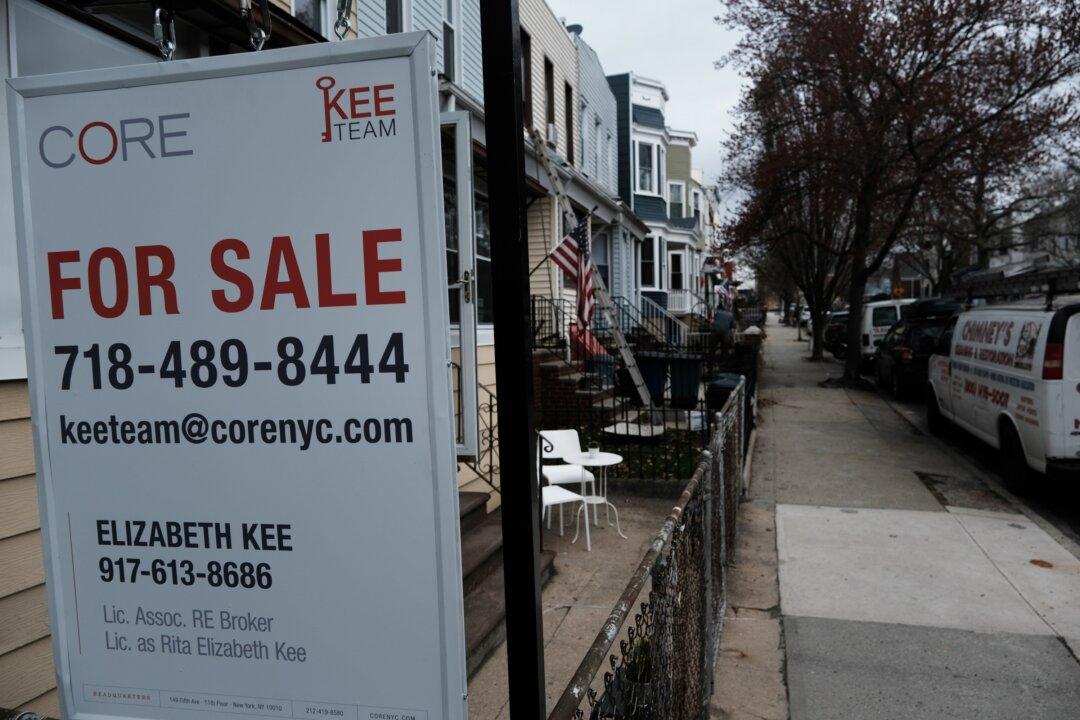Data from the Federal Transit Administration sheds light on how the COVID-19 lockdown crippled public transportation in the U.S.
As passengers abandoned public transit during the lockdown, many systems were kept alive by the $69.5 billion the federal government gave transit agencies throughout the country in three relief packages.





